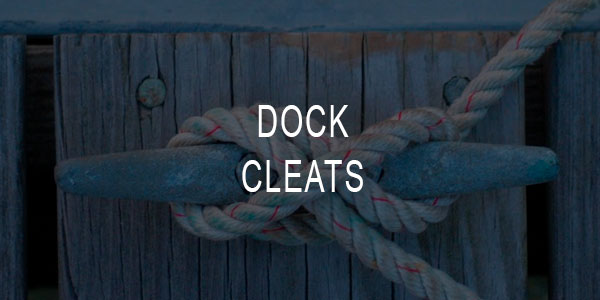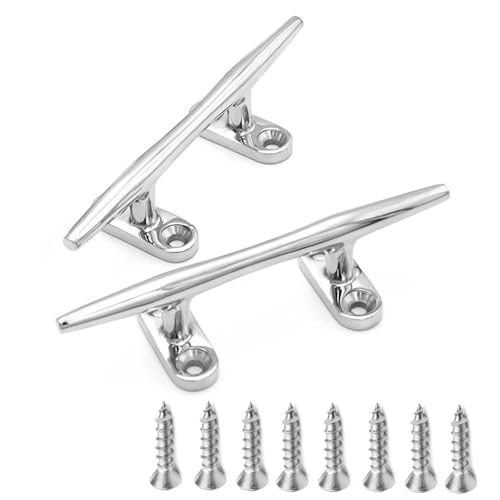01.02.2024 18:18
Best Dock Mooring Rope Cleats

Marine stainless cleats are used on boats, boat deck and docks for mooring tying rope around to hold either boats or other items. These are hugely popular within the marine industry as they are manufactured from marine grade 316 stainless steel best rust protection, nylon or aluminum.
Thesandshore.com is a source where the post Marine Dock Cleats for Mooring Rope appeared first.
01.02.2024 18:18










